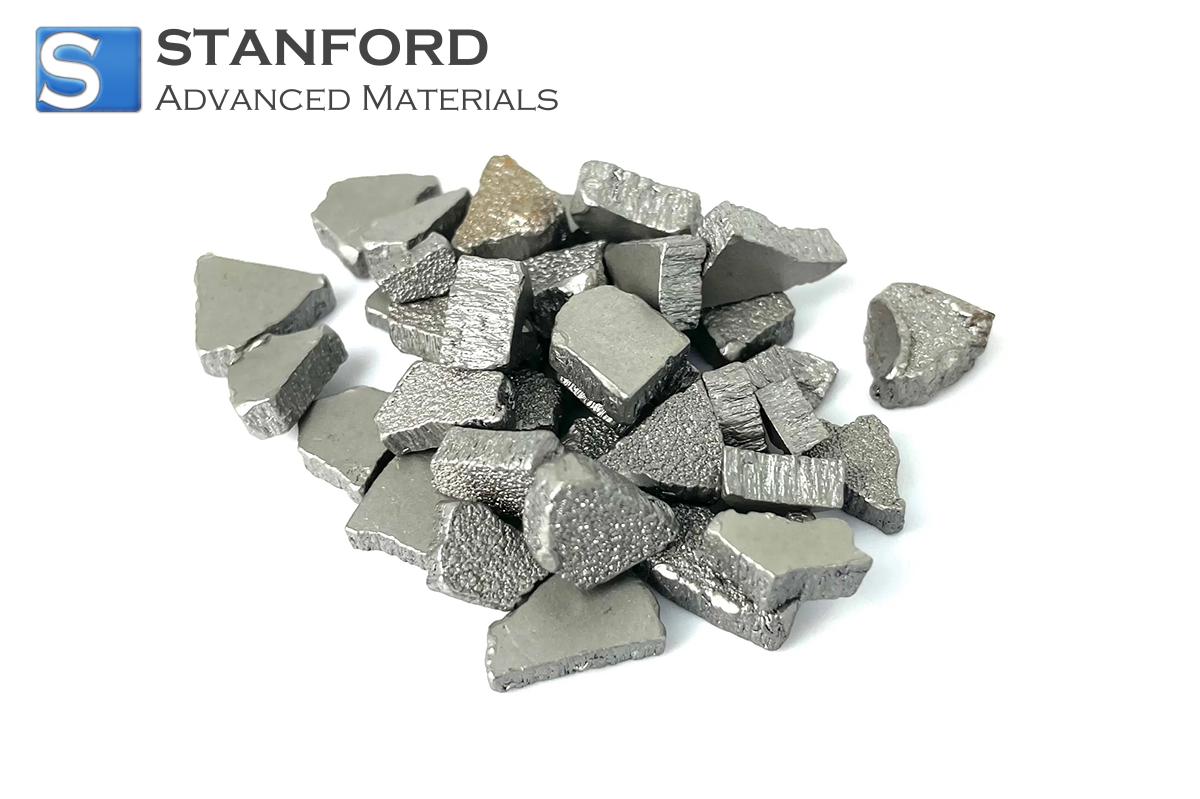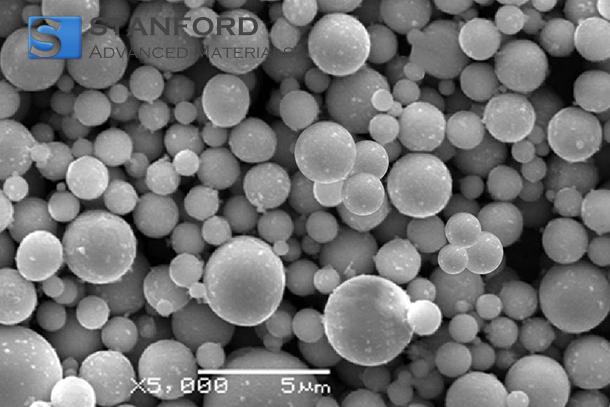Atomic Mass Of Elements 1-30
What is the Atomic Mass?
Atomic mass, also known as atomic weight, is the weighted average mass of an atom of an element determined by the relative abundances of its isotopes. It is measured in atomic mass units (amu) and reflects the total number of protons and neutrons in the nucleus.
Atomic Mass, Atomic Weight and Relative Atomic Mass
Atomic mass, atomic weight and relative atomic mass denote related yet distinct concepts in chemistry:
|
Term |
Definition |
Notes |
|
Atomic Mass |
The mass of an individual atom, usually measured in atomic mass units (amu or u). It represents the actual mass based on the number of protons and neutrons in the nucleus. |
Often used in calculations involving individual atoms. |
|
Atomic Mass |
The weighted average mass of the isotopes of an element based on their relative abundances. It is dimensionless and is typically expressed in standard atomic mass units (u). |
This value may vary in accordance with the isotopic distribution of the element. |
|
Relative Atomic Mass |
The ratio of the average mass of the atoms of an element to 1/12 of the mass of a carbon-12 atom. It is essentially equivalent to atomic weight and is typically used in chemical reaction contexts. |
A dimensionless number, analogous to atomic mass. |
Calculation of Atomic Mass
To calculate the atomic mass of an element, proceed as follows:
- Identify the isotopes: Determine the various isotopes of the element and their respective masses.
- Determine the relative abundance: Ascertain the percentage abundance of each isotope.
- Multiply mass by abundance: Multiply the mass of each isotope by its relative abundance (expressed as a decimal).
- Sum the values: Add the resulting values to obtain the atomic mass.
General Examples
Consider carbon, which has two stable isotopes: carbon‑12 and carbon‑13. The atomic mass of carbon is calculated based on the mass and abundance of these isotopes. If carbon‑12 has an abundance of 98.93% and carbon‑13 has an abundance of 1.07%, the atomic mass of carbon is approximately 12.01 amu.
Another example is chlorine, which possesses two common isotopes: chlorine‑35 and chlorine‑37. The atomic mass of chlorine is about 35.45 amu, reflecting the natural abundances of these isotopes.
Atomic Masses of Elements 1–30
The following table lists the atomic masses for elements with atomic numbers 1 to 30:
|
Element |
Symbol |
Atomic Number |
Atomic Mass (amu) |
|
Hydrogen |
H |
1 |
1.008 |
|
Helium |
He |
2 |
4.0026 |
|
Li |
3 |
6.94 |
|
|
Be |
4 |
9.0122 |
|
|
Boron |
B |
5 |
10.81 |
|
Carbon |
C |
6 |
12.01 |
|
Nitrogen |
N |
7 |
14.007 |
|
Oxygen |
O |
8 |
15.999 |
|
Fluorine |
F |
9 |
18.998 |
|
Neon |
Ne |
10 |
20.180 |
|
Sodium |
Na |
11 |
22.990 |
|
Magnesium |
Mg |
12 |
24.305 |
|
Aluminium |
Al |
13 |
26.982 |
|
Si |
14 |
28.085 |
|
|
Phosphorus |
P |
15 |
30.974 |
|
Sulphur |
S |
16 |
32.06 |
|
Chlorine |
Cl |
17 |
35.45 |
|
Argon |
Ar |
18 |
39.948 |
|
Potassium |
K |
19 |
39.098 |
|
Calcium |
Ca |
20 |
40.078 |
|
Scandium |
Sc |
21 |
44.956 |
|
Ti |
22 |
47.867 |
|
|
Vanadium |
V |
23 |
50.942 |
|
Chromium |
Cr |
24 |
51.996 |
|
Manganese |
Mn |
25 |
54.938 |
|
Iron |
Fe |
26 |
55.845 |
|
Cobalt |
Co |
27 |
58.933 |
|
Ni |
28 |
58.693 |
|
|
Copper |
Cu |
29 |
63.546 |
|
Zinc |
Zn |
30 |
65.38 |
Frequently Asked Questions
What is the difference between atomic mass and atomic number?
The atomic number is the number of protons in an atom's nucleus, which defines the element. In contrast, the atomic mass is the weighted average mass of all the isotopes of an element, taking into account their natural abundances.
Why is the atomic mass not an integer?
The atomic mass is not an integer because it represents the weighted mean of the masses of an element's isotopes, which have different masses and abundances.
How is the atomic mass measured?
The atomic mass is measured using mass spectrometry, which separates isotopes by their mass-to-charge ratio and quantifies their abundances.
Can the atomic mass of an element change?
Yes, the atomic mass can change if the relative abundances of an element's isotopes are altered by environmental factors or nuclear reactions.
Why is the atomic mass of carbon approximately 12.01 amu and not exactly 12?
The atomic mass of carbon is approximately 12.01 amu because it accounts for the presence of both carbon-12 and carbon-13 isotopes in nature, weighted by their natural abundances.

 Bars
Bars
 Beads & Spheres
Beads & Spheres
 Bolts & Nuts
Bolts & Nuts
 Crucibles
Crucibles
 Discs
Discs
 Fibers & Fabrics
Fibers & Fabrics
 Films
Films
 Flake
Flake
 Foams
Foams
 Foil
Foil
 Granules
Granules
 Honeycombs
Honeycombs
 Ink
Ink
 Laminate
Laminate
 Lumps
Lumps
 Meshes
Meshes
 Metallised Film
Metallised Film
 Plate
Plate
 Powders
Powders
 Rod
Rod
 Sheets
Sheets
 Single Crystals
Single Crystals
 Sputtering Target
Sputtering Target
 Tubes
Tubes
 Washer
Washer
 Wires
Wires
 Converters & Calculators
Converters & Calculators
 Write for Us
Write for Us





 Chin Trento
Chin Trento



